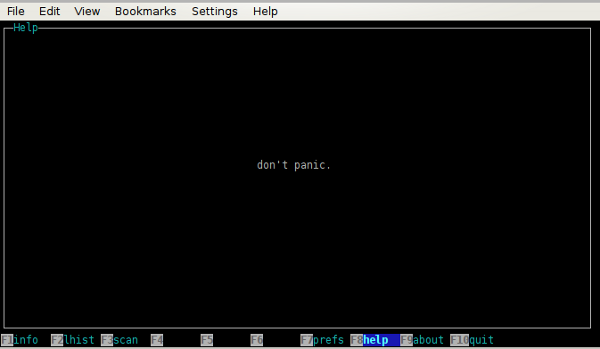My Valentine
It’s February 14th, St Valentine’s Day, a busy day for florists, restaurateurs and people selling greetings cards.
 I’m declaring my love here online: I love free software.
I’m declaring my love here online: I love free software.
If you are unaware what free software is – and it has far more to do than merely being gratis (think free as in speech, rather than free as in beer. Ed.) – look at the Free Software Foundation’s free software definition.
From the Debian GNU/Linux operating system to the Gimp graphics package and the LibreOffice productivity suite, I couldn’t do without it.
If you love free software too, show your passion too in one of the following ways:
- Writing an e-mail or letter to contributors expressing how much you like what they are doing.
- Sharing your feelings about free software on social networks and microblogs using the hashtag #ilovefs. Or you can write a blog post about your favourite piece of free software.
- Buying your favourite contributor a drink. Or buy someone else a drink and while enjoying it, tell her/him about your favourite free software program.
- Giving a contributor a hug (ask for permission first). You might be amazed how many free software developers live in your area!
- Helping the Free Software Foundation Europe (FSFE) collecting quotes for its testimonials of people who love free software. Ask developers, artists, politicians, or other users to send their quotes to FSFE.
- Taking a picture of yourself showing your feelings for free software and posting it online.
- Donating to free software initiatives or the FSFE to express your gratitude. They depend on your contribution to continue their work.
- Finally you can help spread the love by sharing the campaign banners by e-mail, (micro)blog or by social media (please use the hashtag #ilovefs for this).






 With a massive majority of 130 in favour, 0 against and one abstention, the Grand Council (Grossrat), the parliament of the Canton of Bern, has passed the motion “To exploit synergies when using software in the Canton of Bern”,
With a massive majority of 130 in favour, 0 against and one abstention, the Grand Council (Grossrat), the parliament of the Canton of Bern, has passed the motion “To exploit synergies when using software in the Canton of Bern”, 

